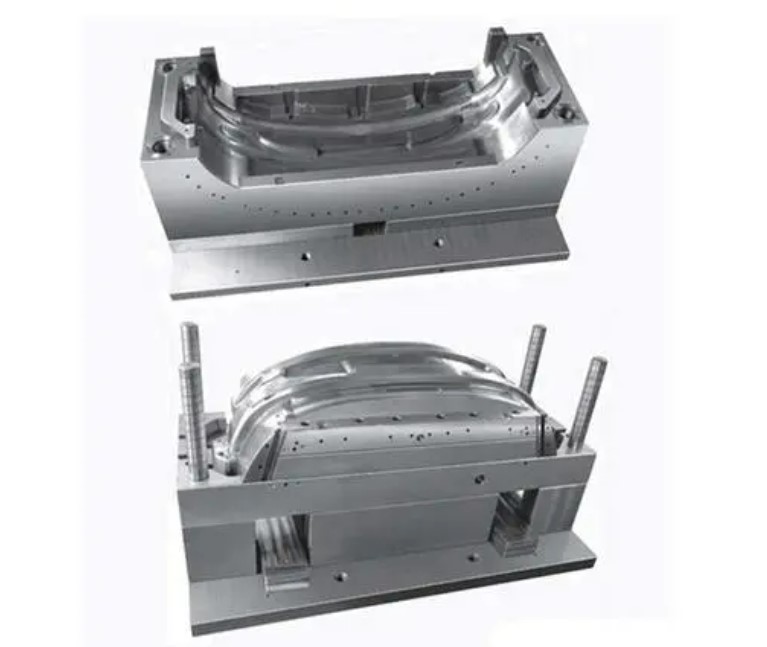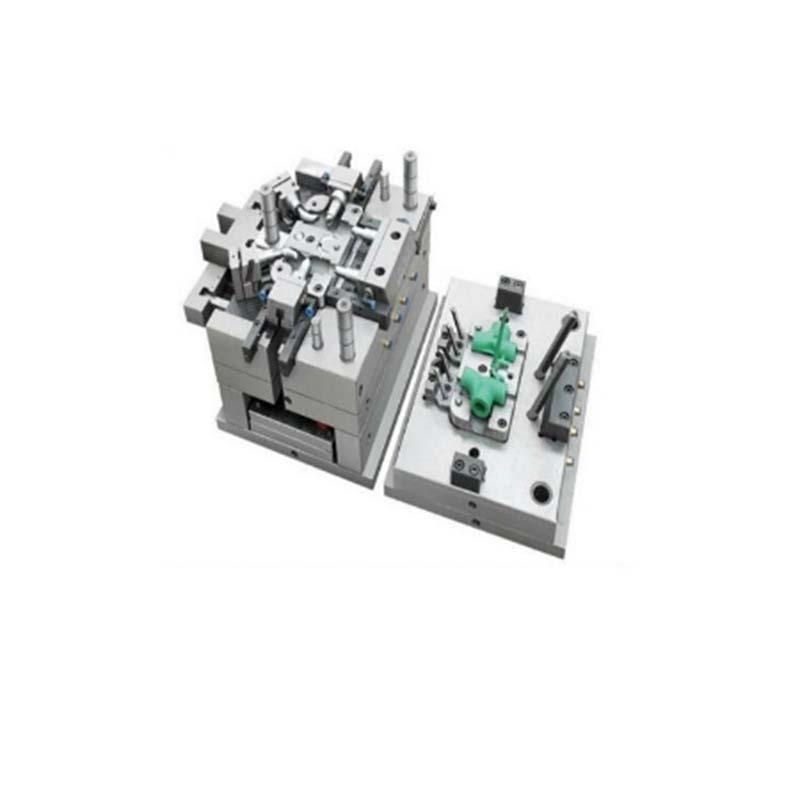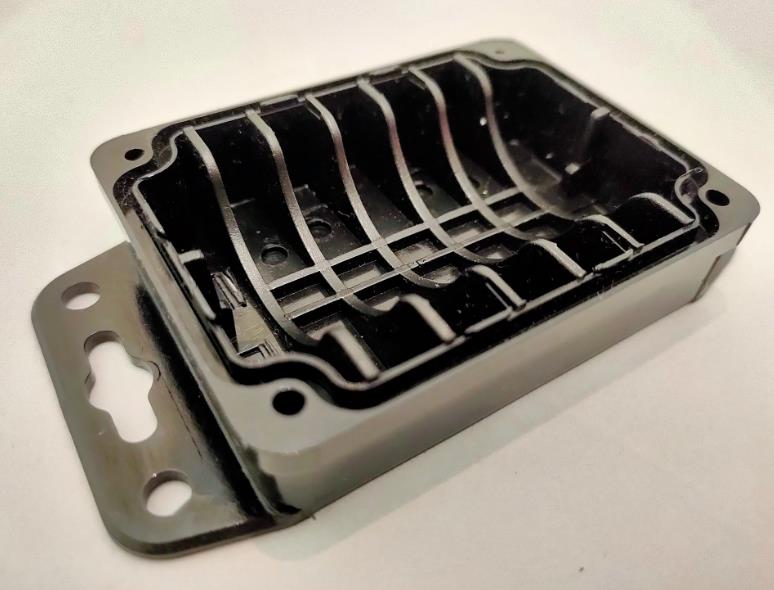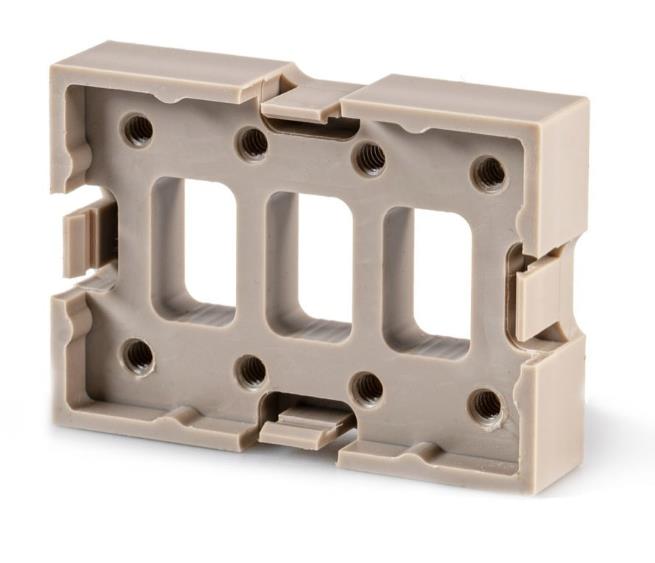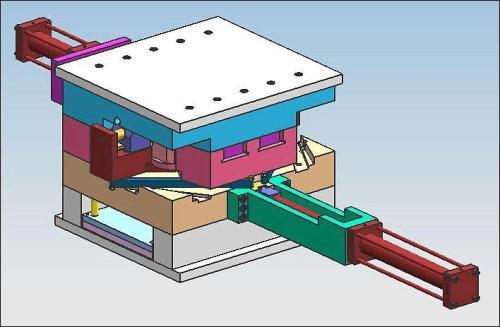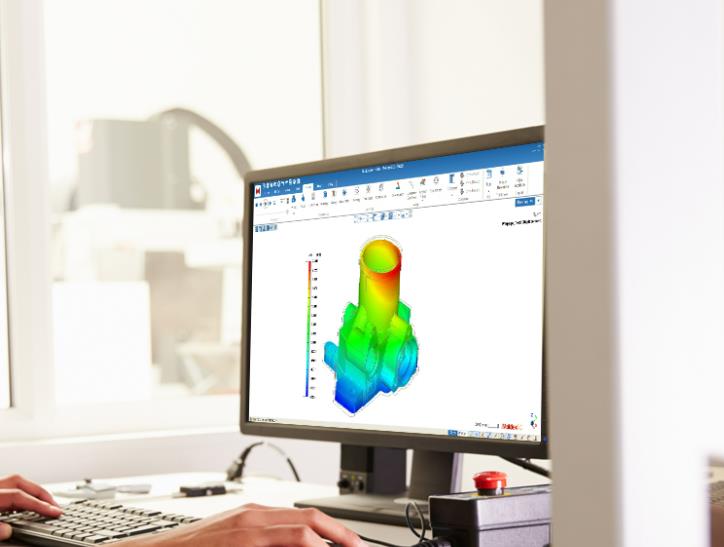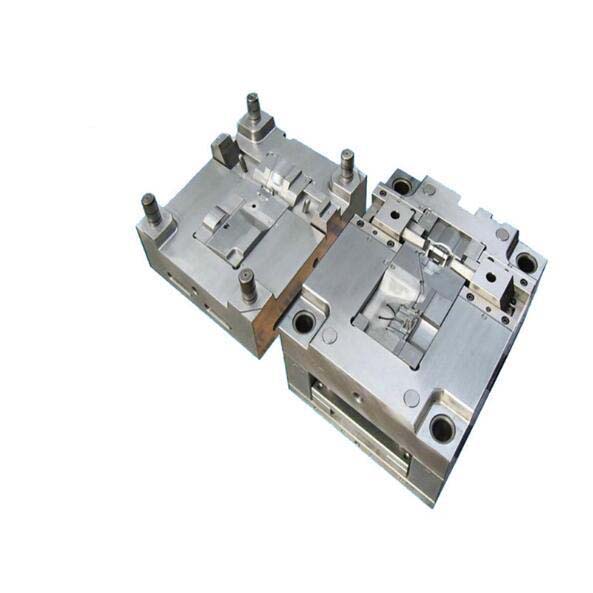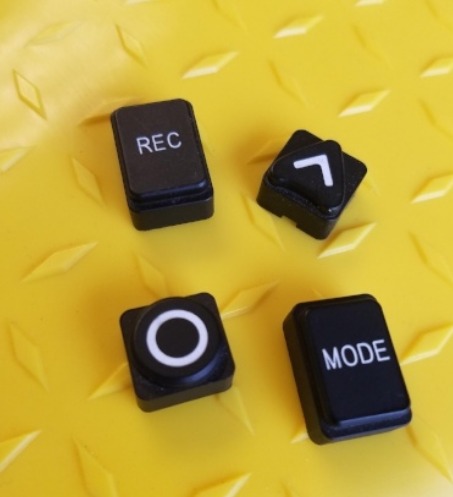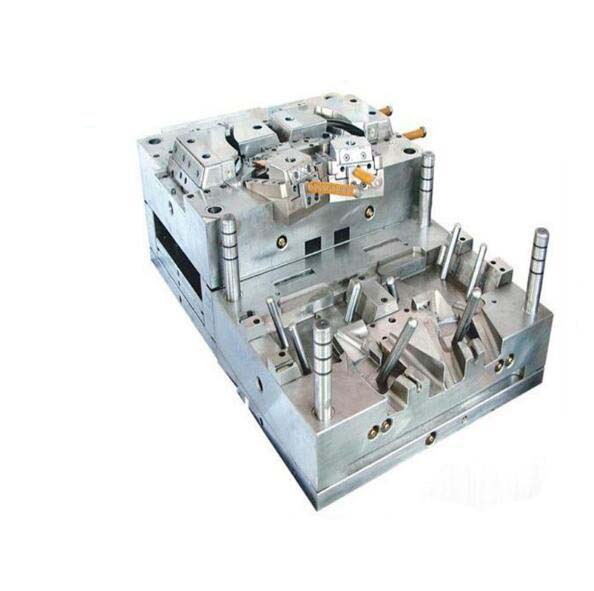What is the Injection Moulding Process?
The injection moulding process is a widely used manufacturing method for producing plastic parts. It involves several key steps that transform raw plastic materials into finished products with high precision and efficiency.
1. Plastic Melting
First, the plastic material, which usually comes in the form of pellets, is fed into the hopper of an injection moulding machine. These pellets are then conveyed into a heated barrel. Inside the barrel, the plastic is heated to its melting point. The heating elements around the barrel provide the necessary heat, and the temperature is carefully controlled. For example, for common plastics like polyethylene (PE), the melting temperature can range from 120 - 180°C, while for polypropylene (PP), it is typically around 160 - 170°C. As the plastic melts, it becomes a viscous liquid that can be easily manipulated.
2. Injection into the Mold
Once the plastic is fully melted, a screw or a plunger in the injection unit of the machine exerts high pressure. This pressure forces the molten plastic through a nozzle and into a closed mould cavity. The mould is designed to have the exact shape of the desired final product. The injection speed is crucial; a too - slow injection may lead to incomplete filling of the mould, while a too - fast injection can cause issues like air entrapment and excessive shear stress on the plastic. The injection pressure can vary widely depending on the complexity of the part and the type of plastic, ranging from 500 to 2000 bar in many cases.
3. Cooling and Solidification
After the mould cavity is filled with the molten plastic, the plastic begins to cool down. The mould is usually connected to a cooling system, which can be water - cooled or air - cooled. As the plastic cools, it solidifies and takes on the shape of the mould. The cooling time is an important factor in the overall cycle time of the injection moulding process. It depends on the thickness of the part; thicker parts require longer cooling times. For example, a thin - walled plastic cup may cool and solidify within a few seconds, while a thick - walled automotive component could take several minutes to cool properly.
4. Ejection of the Finished Product
Once the plastic has solidified sufficiently, the mould opens. Ejector pins or other ejection mechanisms then push the finished plastic part out of the mould. The part is now ready for further post - processing, such as trimming of excess material (flash), assembly with other components, or surface finishing like painting or plating.
The Key Stages of Injection Moulding
1. Plasticization
Plasticization is the initial and fundamental stage in the injection moulding process. Inside the injection moulding machine's barrel, the magic of transforming solid plastic pellets into a molten, workable state occurs. Heating elements are strategically placed around the barrel to gradually raise the temperature. As the temperature climbs, different plastics respond uniquely. For instance, acrylonitrile butadiene styrene (ABS) typically requires a plasticization temperature in the range of 200 - 250°C. During this stage, the screw within the barrel rotates. This rotation not only helps in transporting the plastic pellets forward but also provides mechanical energy that contributes to the melting process through shear heating. The combination of external heating and internal shear forces ensures that the plastic becomes uniformly molten, ready for the next stage of injection.
2. Injection
Once the plastic is thoroughly plasticized, the injection stage commences. High - pressure systems, often powered by hydraulic or electric mechanisms in the injection moulding machine, come into play. The molten plastic is forced through a nozzle and into the closed mould cavity at high speed. Injection pressure is a critical parameter. For simple, small - sized plastic parts, a relatively lower injection pressure, around 500 - 800 bar, might be sufficient. However, for complex parts with intricate details or long flow paths, the pressure can be cranked up to 1500 - 2000 bar. The injection speed also significantly impacts the quality of the final product. A rapid injection speed can ensure quick filling of the mould cavity, reducing the risk of short shots (incomplete filling). But it can also introduce problems such as air entrapment, which may lead to voids or surface defects in the finished part. On the other hand, a slow injection speed may cause the plastic to cool prematurely, resulting in uneven filling and weak weld lines where different streams of plastic meet.
3. Cooling
After the mould cavity is filled with molten plastic, the cooling stage is crucial for solidifying the plastic and giving it the final shape. Cooling is typically achieved through a cooling system integrated into the mould. Water - cooled systems are the most common. Chilled water circulates through channels within the mould, absorbing the heat from the molten plastic. The cooling time is directly related to the thickness of the plastic part. Thicker parts, like large industrial containers, may require several minutes to cool down and solidify properly. In contrast, thin - walled products, such as disposable plastic cutlery, can cool and solidify within a matter of seconds. Another cooling method is air - cooling, which is sometimes used for small, simple parts or in cases where water - cooling is not practical. However, air - cooling is generally less efficient than water - cooling, leading to longer cycle times.
4. Ejection
Once the plastic has cooled and solidified to a sufficient degree, the mould opens, and it's time for the ejection stage. Ejection mechanisms are designed to push the finished product out of the mould. The most common ejection mechanism is the ejector pin system. Ejector pins are small, cylindrical rods placed at strategic locations within the mould. When the mould opens, a mechanical linkage or hydraulic system pushes the ejector pins forward. These pins make contact with the plastic part and push it out of the mould cavity. Another type of ejection mechanism is the ejector sleeve, which is particularly useful for parts with a cylindrical or tubular shape. The ejector sleeve fits around the core of the mould and, when actuated, pushes the part off the core, ensuring a smooth ejection without damaging the product.
Types of Injection Moulding
1. Conventional Injection Moulding
Conventional injection moulding is the most basic and widely used type of injection moulding. It is a straightforward process where molten plastic is injected directly into a closed mould cavity under high pressure. This method is highly versatile and suitable for a vast range of products. For example, it is commonly used in the production of everyday items such as plastic toys, household utensils like cups and bowls, and various electronic device housings. The simplicity of the process makes it cost - effective for high - volume production runs. It can handle a wide variety of thermoplastic materials, from common ones like polyethylene (PE) and polypropylene (PP) to more engineering - grade plastics such as acrylonitrile butadiene styrene (ABS). However, it may have limitations when it comes to producing parts with complex internal structures or large, thin - walled sections, as it can sometimes lead to issues like sink marks or warping.
2. Gas - Assisted Injection Moulding
Gas - assisted injection moulding is a more advanced technique. In this process, after the mould cavity is partially filled with molten plastic, a high - pressure gas (usually nitrogen) is injected into the plastic melt. The gas then pushes the plastic to fill the remaining parts of the mould cavity and also helps to create hollow sections within the part. This method offers several advantages over conventional injection moulding. In terms of product quality, it can significantly reduce sink marks and warping, resulting in parts with better dimensional stability. For example, in the automotive industry, gas - assisted injection moulding is used to produce large plastic components like automotive door panels. These panels often have a complex shape and require high - quality finish. By using gas - assisted injection moulding, manufacturers can ensure that the panels have a smooth surface and consistent thickness. From a cost - perspective, although the initial investment in equipment for gas - assisted injection moulding is higher, it can lead to cost savings in the long run. Since it reduces the amount of plastic needed for a part (due to the creation of hollow sections), the material cost is decreased. Additionally, the reduction in post - processing to correct defects also cuts down on overall production costs.
3. Liquid Injection Moulding
Liquid injection moulding is designed for specific applications, especially when dealing with materials that are in a liquid state before curing. This process is suitable for materials such as liquid silicone rubber (LSR) and some types of thermosetting plastics. LSR, for instance, is widely used in the production of medical devices, such as silicone catheters and seals. These products require a high level of precision and biocompatibility, which liquid injection moulding can provide. The process allows for the creation of complex and delicate shapes with tight tolerances. Another application is in the production of some high - end consumer goods, like certain types of mobile phone keypads made from LSR. The soft - touch and durability of LSR - made keypads are highly valued by consumers. Thermosetting plastics processed through liquid injection moulding are often used in applications where high - temperature resistance and chemical stability are crucial, such as in electrical insulators and some automotive engine components.
Yigu Technology's Perspective
As a non - standard plastic metal products custom Supplier, Yigu Technology deeply understands the importance of the injection moulding process. We have extensive experience in handling various complex injection moulding projects.
Our advantage lies in our ability to customize moulds precisely according to clients' unique requirements. Whether it's a complex - shaped plastic part or a metal - plastic composite product, we can design and manufacture high - quality moulds. Our advanced equipment and skilled technicians ensure high - precision injection moulding, minimizing defects and waste.
We also provide one - stop services, from the initial design consultation, mould design and manufacturing, to the final injection moulding production and post - processing. This integrated service model not only saves clients' time and cost but also ensures the quality and consistency of the products. We are committed to helping clients bring their innovative product ideas to life through our professional injection moulding solutions.
FAQ
1. What are the main advantages of injection moulding?
Injection moulding offers several key advantages. Firstly, it has a high production efficiency, capable of producing a large number of parts in a short time. For example, in a high - volume production line, thousands of plastic parts can be manufactured per hour. Secondly, it provides high - precision parts with tight tolerances, usually within ±0.05 - ±0.1mm for many common plastics. This makes it suitable for products that require accurate dimensions, such as electronic components. Thirdly, in the long run, it can be cost - effective for mass production. Although the initial investment in moulds and equipment is high, the cost per unit decreases significantly as the production volume increases.
2. How to choose the right plastic material for injection moulding?
When choosing a plastic material for injection moulding, consider the product's performance requirements first. If the product needs to be heat - resistant, materials like polycarbonate (PC) with a high heat - deflection temperature can be a good choice. For products that require flexibility, thermoplastic elastomers (TPEs) are suitable. Also, think about the processing characteristics. Some plastics, such as polyethylene (PE), are easy to process with low viscosity during melting, while others like polyetheretherketone (PEEK) have high melting points and require more advanced processing equipment. Additionally, factors like cost, chemical resistance, and aesthetic properties (e.g., colorability) should also be taken into account.
3. Can injection moulding be used for small - batch production?
Yes, injection moulding can be used for small - batch production, but there are some considerations. The high cost of mould manufacturing is a major factor. For small - batch production, the cost per unit may be relatively high due to the 分摊 of the mould cost over a small number of parts. However, if the parts have complex shapes or high - precision requirements, injection moulding can still be a viable option despite the cost. In some cases, rapid prototyping techniques can be used to create low - cost, temporary moulds for small - batch production, reducing the initial investment in moulds.
